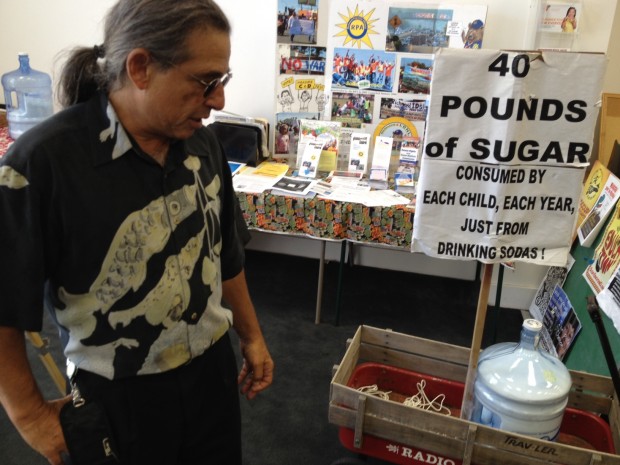
In 2012, voters in the California cities of Richmond and El Monte soundly defeated proposed taxes on sugar-sweetened beverages. The ballot measures were widely covered by local, state and national press. Now, 15 months later comes an analysis of that coverage, a look at what themes were covered on both sides.
To be clear, the analysis comes not from a journalism school, but from the Berkeley Media Studies Group, a public health advocacy organization. BMSG looked at more than 200 news stories and opinion pieces -- with nearly two-thirds of the coverage focused on Richmond.
Richmond and El Monte proposed similar taxes -- a penny per ounce on sugar-sweetened beverages -- but for different reasons. In Richmond, the tax was placed on the ballot as a public health measure, to fight childhood obesity. El Monte (Los Angeles County) was facing bankruptcy and saw a soda tax as way to bolster funds for city services. "One of the key takeaways that we saw had to do a lot with how the opposition campaigns differed, based on the unique character of each of the cities that we studied," said Pam Mejia, lead author of the study.
In particular, the authors noted, the beverage industry funded groups in each city to fight the taxes. So, while speakers from soda companies or affiliated organizations were only 5 percent of total speakers, sometimes "speakers from industry-funded coalitions were quoted in the news, but without industry affiliations," the authors wrote.
But that was sometimes. In general, the authors noted that at least some reporters dug deeper. "The fact that local reporters took that extra step to look at where the money was coming from," said Fernando Quintero, another of the study's authors. The digging showed that this "so-called grass-roots organization that was organized in Richmond wasn't so grass-roots after all."